Encyclopedias
Abstract: This paper introduces the deformation of the pipe during cold bending, and the method of bending the ideal small radius pipe by reasonable selection of the mandrel and mastering its correct use method.
Key words: stress; mandrel; relative bending radius; relative wall thickness
I. Introduction
Bent pipe technology is widely used in the boiler and pressure vessel industry, central air-conditioning manufacturing, automotive industry, aerospace industry, shipbuilding industry and other industries. The quality of pipe bending will directly affect the structure of products in these industries. Sex, safety, reliability, etc. Therefore, in order to bend high-quality pipe fittings, it is necessary to master the processing skills of the pipe fittings under different process conditions. For cold bends, it is necessary to properly select the core rod and master the correct method of use.
Second, process analysis
In the case of pure bending, when the tube having the outer diameter D and the wall thickness S is bent by the action of the external moment M, the tube wall outside the neutral layer is thinned by the tensile stress σ1, and the inner tube wall is pressed. The effect of stress σ2 is thickened (see Figure 1a). At the same time, the resultant forces F1 and F2 deform the cross section of the pipe to become approximately elliptical (see Figure 1b), and the inner pipe wall may be unstable and wrinkled under the action of σ2 (see Figure 1c). When bending the ideal pipe fittings, corresponding measures should be taken to prevent the occurrence of these defects. Among them, the core bending pipe is one of the most commonly used effective methods.
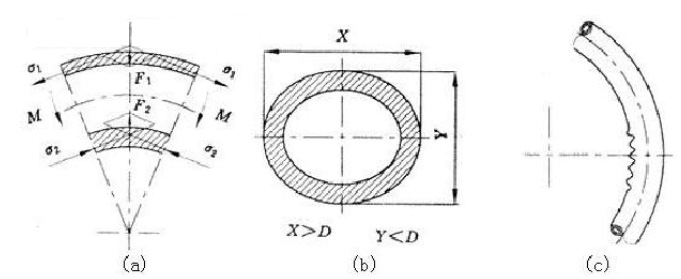
Figure 1 Stress and deformation of the pipe when it is bent
(a) Forced condition when the pipe is bent (b) Sectional deformation when the pipe is bent (c) Wrinkled inside of the pipe when the pipe is bent
The so-called cored elbow is that when the bent pipe has a relatively small bending radius R/D or a relative wall thickness S/D, in order to obtain a high quality pipe, a pipe is inserted inside the pipe during the bending process. A suitable mandrel to prevent flattening and wrinkling at the arc when the tube is bent (see Figure 2).
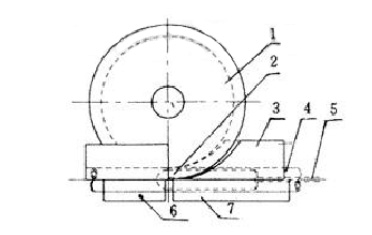
Figure 2 Schematic diagram of a core bend
1. Elbow die 2. Core mandrel 3. Anti-wrinkle block 4. Tube 5. Mandrel bar 6. Clamping block 7. Pressure guiding die
Third, the choice of bending method
In general, cold bends are available in two ways: one is a coreless bend and the other is a cored bend. For the case where a coreless elbow is used, when a cored elbow is used, and which core rod is used when the cored elbow is used, the relative bending radius R/D and the relative wall thickness S/ of the bent pipe fitting are required. D. The magnitude of the bending angle α value is determined after analysis. The relationship between the values of R/D, S/D and α and the bending mode and the shape of the mandrel is shown in Table 1. When the pipe is bent, a satisfactory effect can be obtained by referring to this table.
It can be seen from Table 1 that for pipes of the same outer diameter D and wall thickness S, when bending different arc radiuses R, due to their relative bending radius R/D, relative wall thickness S/D and bending angle α Differently, the following methods can be used to bend the pipe: 1 coreless pipe, 2 hard mandrel pipe, 3 soft mandrel pipe, etc. When R/D≥3, S/D≥0.05, the coreless elbow can be used; when R/D≤2.5, S/D≥0.05 or R/D≥3, S/D≥0.025, use hard The mandrel can achieve the desired effect; when both R/D and S/D are small and the bending angle α is large, a soft mandrel must be used during the bending process.
Table 1
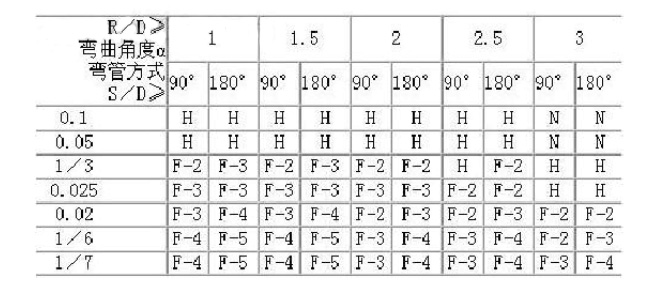
Figure 2 Schematic diagram of a core bend
1. Elbow die 2. Core mandrel 3. Anti-wrinkle block 4. Tube 5. Mandrel bar 6. Clamping block 7. Pressure guiding die
Third, the choice of bending method
In general, cold bends are available in two ways: one is a coreless bend and the other is a cored bend. For the case where a coreless elbow is used, when a cored elbow is used, and which core rod is used when the cored elbow is used, the relative bending radius R/D and the relative wall thickness S/ of the bent pipe fitting are required. D. The magnitude of the bending angle α value is determined after analysis. The relationship between the values of R/D, S/D and α and the bending mode and the shape of the mandrel is shown in Table 1. When the pipe is bent, a satisfactory effect can be obtained by referring to this table.
It can be seen from Table 1 that for pipes of the same outer diameter D and wall thickness S, when bending different arc radiuses R, due to their relative bending radius R/D, relative wall thickness S/D and bending angle α Differently, the following methods can be used to bend the pipe: 1 coreless pipe, 2 hard mandrel pipe, 3 soft mandrel pipe, etc. When R/D≥3, S/D≥0.05, the coreless elbow can be used; when R/D≤2.5, S/D≥0.05 or R/D≥3, S/D≥0.025, use hard The mandrel can achieve the desired effect; when both R/D and S/D are small and the bending angle α is large, a soft mandrel must be used during the bending process.
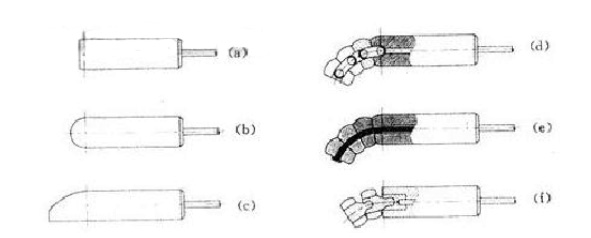
Figure 3 basic shape of the mandrel
(a) cylindrical mandrel (b) cylindrical ball head mandrel (c) claw mandrel (d) chain mandrel (e) soft shaft mandrel (f) ball and socket core rod
When a hard mandrel is selected, the cylindrical mandrel (or cylindrical ball stud) has a simple shape and is easy to manufacture, and is more common than a claw-shaped mandrel; and when a soft mandrel is used, due to the ball and socket section The mandrel can be flexed in multiple directions, and the ball joints are spherically hinged and can adapt to various deformations. Therefore, it is often used when bending thin tubes or tubes with relatively small bending radius. At the same time, the ball and socket core rods are also used. According to different relative bending radius, relative wall thickness and bending angle, different ball joints are selected. The number of ball joints can be selected according to Table 1. If the number of ball joints is small, the desired effect is not achieved; if the number of ball joints is large, manufacturing is difficult and the pipe is not easily penetrated. For the values between R/D, S/D and α in the values listed in Table 1, the values of the table can be used to select the mandrel and determine the way of bending.
After the shape of the mandrel is selected, it is not guaranteed to bend the high-quality pipe. The size of the gap between the mandrel and the inner diameter of the pipe is also an important factor affecting the quality of the pipe. If the diameter of the ball joint of the mandrel is too small, there may be wavy wrinkles on the inner side of the arc when the pipe is bent (see Figure 4A), and it may not be able to prevent the outer side of the arc from flattening; the diameter is too large or the ball When the outer diameter of the joint is not smooth enough, the wall of the pipe will be pulled, and there may be a bulge or even a crack outside the arc of the pipe. Choosing a reasonable mandrel diameter and adequate lubrication is an indispensable element in ensuring the quality of the pipe.
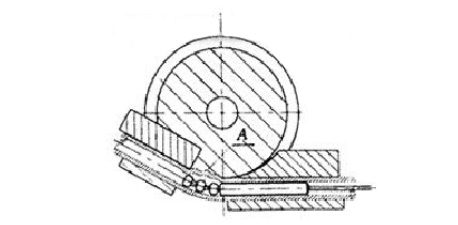
Figure 4: The inner diameter of the ball joint is small, and the outer side is flat.
The mandrel diameter dimension d can be selected by reference to the following empirical formula:
D≈(0.94~0.98)D
Where d-core diameter, mm
D—nominal size of the inner diameter of the pipe, mm
Fifth, the correct use of the mandrel
After the shape and size of the mandrel is determined, the position dimension e (see Figure 5) at which the tube is initially bent is also a non-negligible factor affecting the quality of the pipe. If it is extended to the front (e value is too large), the outer wall of the pipe may be squeezed; if the insertion is insufficient and the corresponding anti-flattening effect is not obtained, the inner side of the arc may wrinkle.
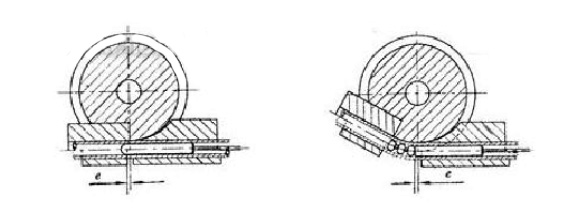
Figure 5 Location of the core rod inserted into the tube
The initial position size e value of the mandrel inserted into the tube can be selected by referring to the following formula:
e ≤ (1/4 ~ 1/2) D
Where e - the distance the core rod is inserted into the bending start of the tube, mm
D inside - nominal diameter of pipe inner diameter, mm
In order to bend out the high-quality pipe fittings, after selecting the e-value according to the above formula, the test bending should be carried out first, and the bending mode and the shape of the mandrel should be adjusted according to the trial bending condition (for the ball-and-socket core bar, it is also necessary to consider selecting different balls. Number of knots), adjust the mandrel to the proper position, experiment the rebound amount of the same batch of material and adjust and correct the bending compensation angle, so that the cross-sectional shape of the bent pipe has no elliptical shape. If it is equipped with anti-wrinkle block and booster device, it can eliminate the wavy wrinkles of the inner wall of the arc and reduce the amount of thinning of the outer wall of the arc, so as to achieve the purpose of bending thin or small radius pipe.
In addition, when the other (moment)-shaped steel pipe is bent, except that the cross-sectional shape of the mold and the mandrel is different from that of the circular steel pipe, the selection and use of the mandrel are basically the same.
|
PREV:Steel pipe encyclopedia
NEXT:Metal material noun explanation |
go back |



